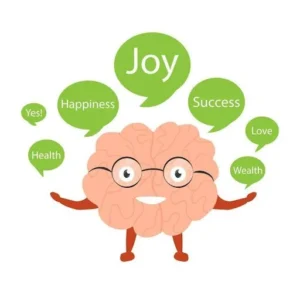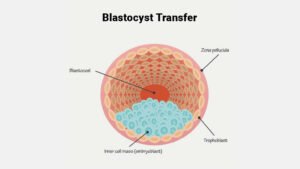Things to Do to Improve Your Chances of IUI Success Rate
Every couple dreams of planning for their children & starting a new chapter of their life. Couples who are unable to conceive a child through the natural process opt for various methods from medical sciences, one of them is IUI (Intrauterine Insemination).

Intrauterine Insemination is a fertility treatment in which the semen is washed from the male partner & transferred directly into the female partner’s uterus with the help of an IUI catheter. This method is used during the time of ovulation.
Who can have an IUI procedure?

Although the success rate of IUI is 15-20% there are some things you can do to improve the chances of achieving a high success rate for IUI treatment. Here is what you can do:
Eat healthy:-

Get in touch with your fertility expert:-

Start Exercising:-

Build & Maintain Positivity:

It will be better for your health & body if you feel happy and positive in these times. Maintaining a positive attitude is a must during & after the process.
Maintain Healthy Sleep Pattern:-

After the procedure, our IVF experts recommend you get at least 7-8 hours of sleep. It will not only help you to stay fresh but also improve your mental health and release your stress.
NOTE: When you opt for such an important artificial procedure, it is highly advisable to look after the do’s & don’ts of the things you can do afterward because this period is very crucial to getting successful results.































